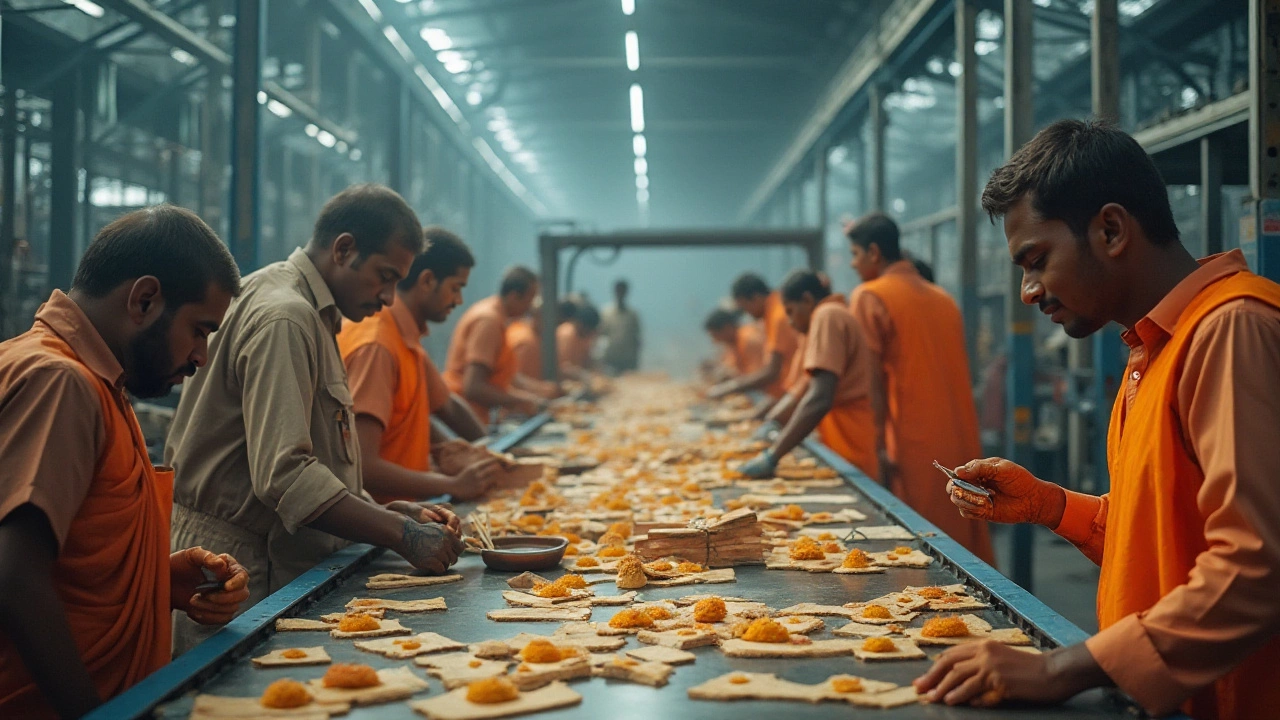Industry Improvements: What’s Changing and How to Keep Up
Every day you hear about new gadgets, green policies, and tighter deadlines. All of that adds up to one big question: how can your operation stay competitive? The answer lies in a handful of practical moves that many forward‑thinking firms are already using. Below we break down the most impactful changes and give you clear steps to apply them.
Smart Tech That Actually Works
Automation isn’t just for giant car plants anymore. Small‑scale producers can start with sensor kits that monitor temperature, vibration, or energy use. The data streams straight to a phone app, letting you spot a problem before a machine breaks down. Think of it as a health check‑up for every piece of equipment. When you catch an issue early, you save hours of downtime and costly repairs.
Another easy win is cloud‑based scheduling. Instead of a paper board, a simple online tool lets shift managers swap hours, track overtime, and see real‑time production numbers. Workers love the flexibility, and managers love the visibility. The best part? Most of these tools offer a free tier, so you can test the waters without a big budget.
Green Practices That Boost Bottom Line
Going green isn’t just about reputation; it cuts expenses too. Switching to LED lighting can shave 30‑40% off electricity bills in a typical warehouse. Pair that with a programmable thermostat that lowers heating at night, and the savings add up fast.
Waste reduction is another low‑cost lever. Set up a recycling station for metal scraps, cardboard, and packaging. Many local recyclers pay per kilogram, turning what used to be trash into a small revenue stream. Even simple changes, like right‑sizing pallets to fit more items per load, lower transportation costs and carbon emissions.
Finally, consider a lean inventory approach. Instead of stockpiling raw material, adopt a just‑in‑time system where suppliers deliver smaller batches on schedule. This frees up floor space, reduces the risk of obsolescence, and improves cash flow.
People‑First Policies That Drive Production
Technology alone won’t close the gap if your team isn’t on board. Simple training sessions, where operators learn to read sensor alerts, can cut errors by up to 25%. Encourage a culture of suggestions—reward ideas that lead to measurable improvements.
Flexible work hours also matter. When employees can choose shifts that fit their lives, absenteeism drops and morale rises. A motivated crew is more likely to spot inefficiencies and propose fixes.
Lastly, keep communication open. A weekly 15‑minute stand‑up meeting where each department shares a quick win or challenge creates transparency and sparks cross‑functional collaboration.
Industry improvements don’t have to be a massive overhaul. Start small, measure results, and build on what works. By mixing smart tech, greener practices, and people‑focused policies, you’ll see faster output, lower costs, and a team that’s ready for whatever comes next.
